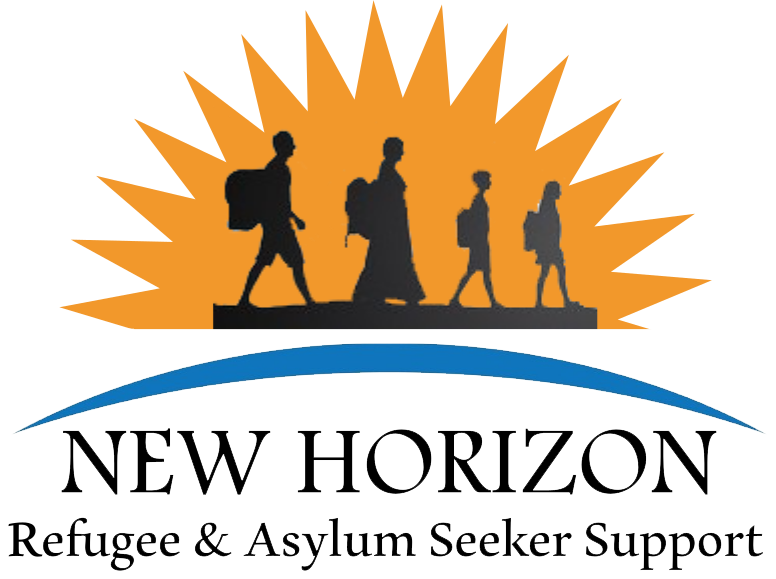About People and Processes
Direct Provision sites are funded from the Department of Justice budget. This is ultimately funded by general taxation.
The Iternational Protection Accomodation Service (IPAS) runs direct provision sites around the country. In turn, IPAS has management and security contracts with a number of companies.
Hopefully it will but that is yet to be seen.
The 2015 International Protection Act came into effect in January 2017.
The previous legislation, the 1996 Refugee act, specified that separate decision and appeal process were to be followed for a decision on refugee status and subsidiary protection. This led to severe backlogs in processing.
The 2015 International Protection Act sets up a single process for both refugee status and subsidiary protection. Additional backlogs were created by moving from the 1996 to the 2015 process.
Everyone in the DP sites in Athlone and Temple is what is described as a ‘Convention’ refugee. People who have arrived in Ireland under a United Nations resettlement program are known as ‘Programme’ refugees.
Convention refugees are people who have made their own way to Ireland and have applied for recognition of refugee status when they arrive.
Various official and unofficial routes and methods are used to travel to Ireland. These change continually, depending on weather conditions and enforcement levels at crossings.
On arrival people are normally housed for a few weeks in Baleskin, near Dublin airport. They are then dispersed to various direct provision centres around the country.
